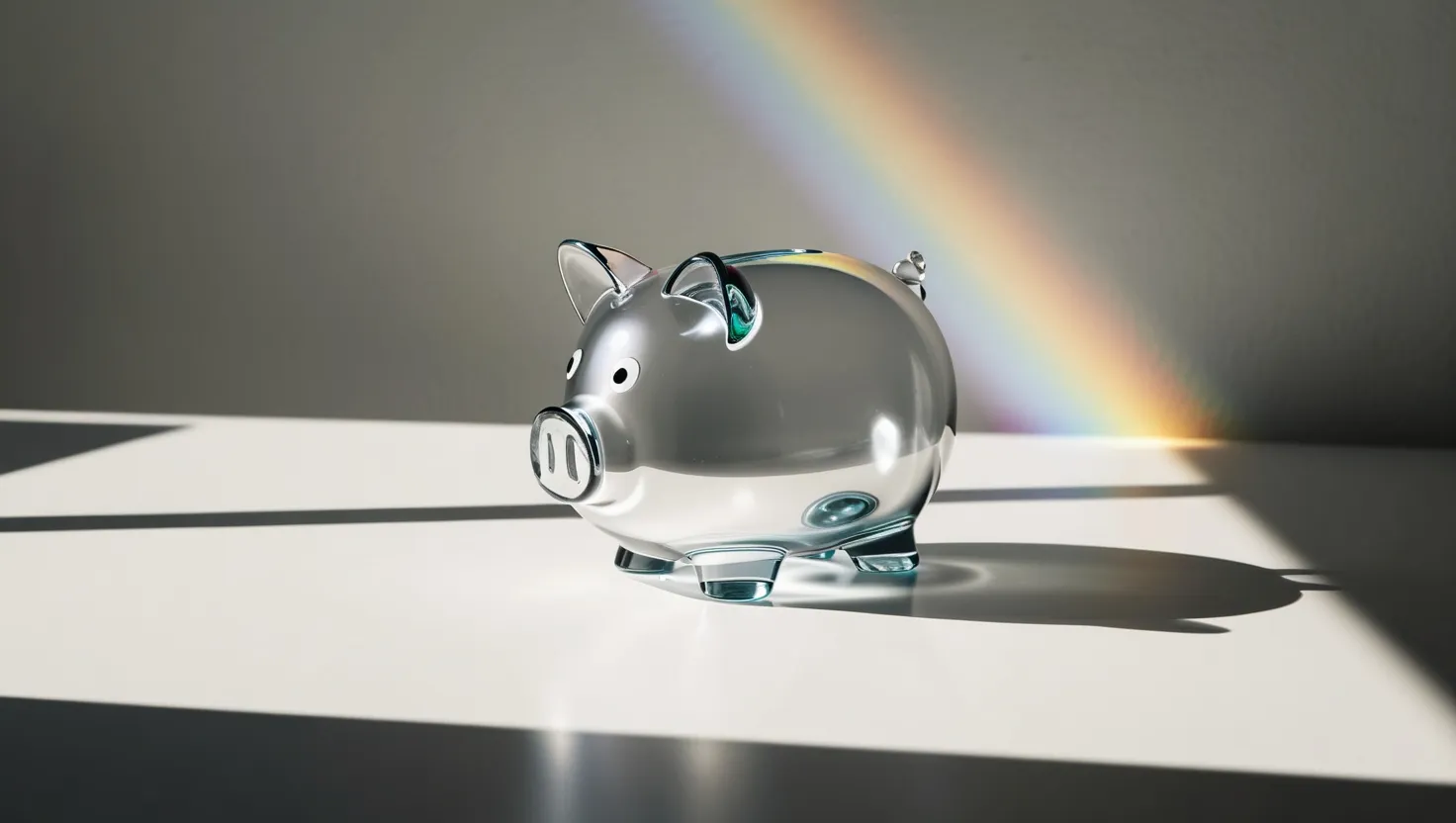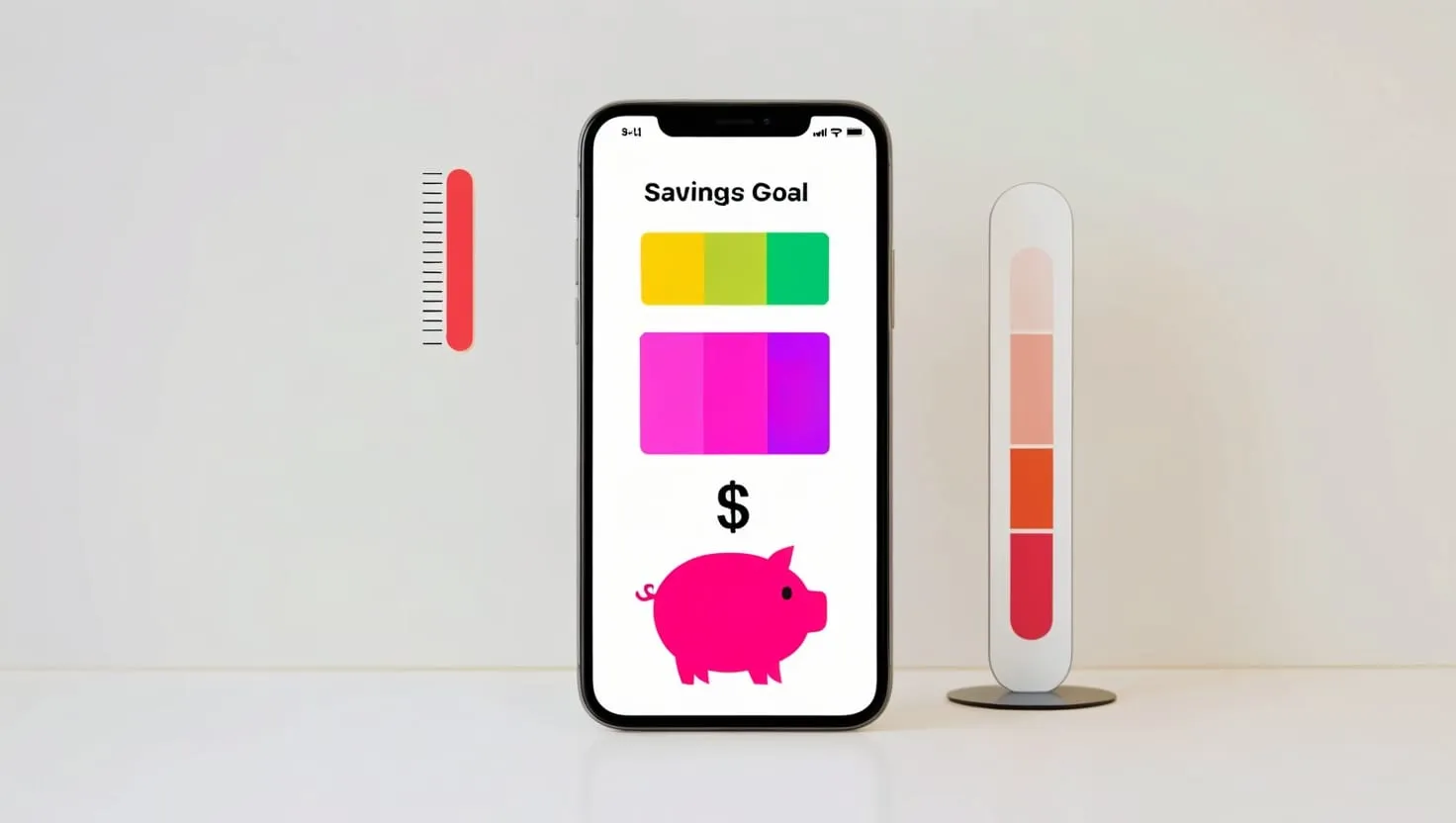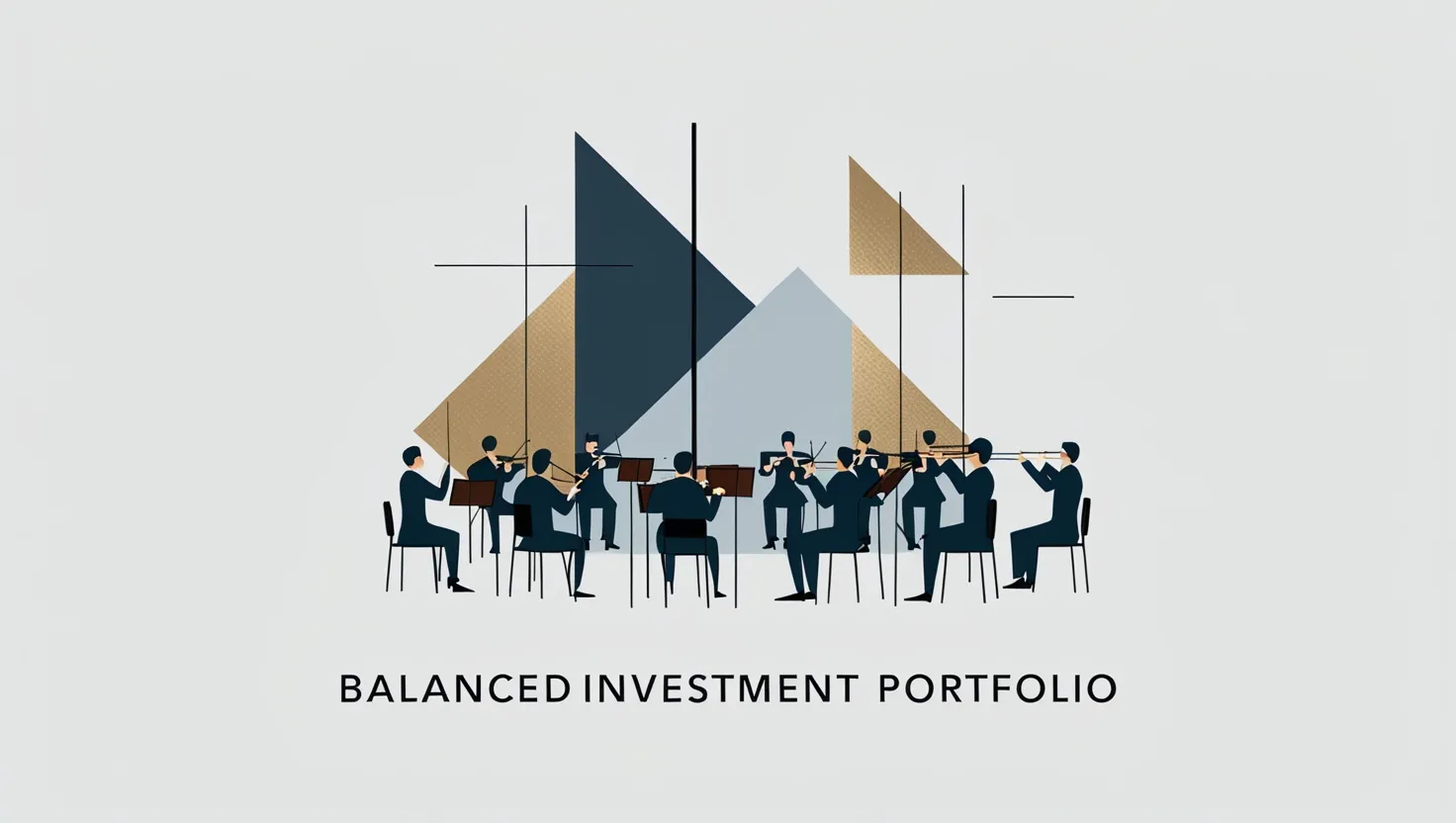Dollar-cost averaging is a game-changer in the world of investing. It's like having a secret weapon that helps you navigate the wild ups and downs of the stock market without losing your mind. Let's dive into this strategy and see how it can transform your financial future.
Think of dollar-cost averaging as your trusty financial sidekick. It's simple - you invest a fixed amount of money regularly, no matter what's happening in the market. It's like setting up a standing order for your investments. You could be putting in $100 every month, or $500 every quarter - whatever works for your budget.
Here's the cool part: when the market's down, your money buys more shares. When it's up, you get fewer shares. Over time, this evens out your average cost per share. It's like always getting a fair deal, regardless of market conditions.
Now, let's talk about market volatility. It's the boogeyman of investing, right? Those wild swings can make even the bravest investor break out in a cold sweat. But dollar-cost averaging is like your personal shield against this chaos. By spreading your investments over time, you're not putting all your eggs in one basket. You're playing it smart, reducing the impact of those crazy market fluctuations on your portfolio.
Remember that one friend who's always trying to predict the market? Yeah, we all know one. Well, dollar-cost averaging takes that pressure off. You're not trying to time the market - which, let's face it, is about as easy as predicting the weather a year from now. Instead, you're always in the game, ready to catch those opportunities when they come along.
Let's get real for a second. We're all human, and our emotions can sometimes get the better of us when it comes to investing. Fear and greed are powerful forces. But dollar-cost averaging is like your rational best friend, keeping you on track. It doesn't care if you're feeling scared or greedy - it just keeps on investing, staying focused on your long-term goals.
Picture this: Your buddy John decides to invest $500 every month in an S&P 500 index fund. The market's going through some wild times. One month, his $500 buys 100 shares at $5 each. The next month, the market takes a nosedive, but John sticks to his guns and invests another $500. This time, he gets 125 shares at $4 each. The third month, things look even bleaker, but John's $500 now buys him 150 shares at $3.33 each. By the end of ten months, John's invested $5,000 and owns a nice chunk of shares at an average cost that's way lower than if he'd dumped all his money in at once.
Now, let's talk long-term benefits. Dollar-cost averaging isn't just about potentially better returns - it's about building good habits. It's like going to the gym regularly for your financial health. You're consistently putting money into the market, which is crucial for long-term growth. Plus, it takes a load off your mind. You're not stressing about when to invest or fretting over making big, one-time investments. You can focus on your overall financial plan, knowing your investments are ticking along nicely in the background.
In a world where the market can swing wildly, the stability of dollar-cost averaging is like a warm hug for your finances. It's not about chasing the highest returns or trying to outsmart the market. It's about achieving solid, consistent growth over time. Think about your 401(k) plan - that's dollar-cost averaging in action. Every paycheck, a fixed amount goes into your investments, steadily building your wealth over time, regardless of what the market's doing.
One of the best things about dollar-cost averaging is how it protects you from your own worst enemy - yourself. We've all been there - you invest a big sum, and then the market drops. The regret is real, and it can lead to some pretty bad decisions. But with dollar-cost averaging, you're spreading out your investments, so you're not putting everything on the line at once. It's like emotional insurance for your investments.
And here's the kicker - this strategy works pretty much anywhere in the world. Whether you're investing in New York, London, Tokyo, or anywhere else, dollar-cost averaging can help you navigate the local market conditions. It's a universal tool that's been proven effective across different markets and time periods.
So, what's the bottom line? Dollar-cost averaging isn't just an investment strategy - it's a way of life. It's about building financial discipline and stability. By investing regularly, you're not just potentially improving your returns - you're also protecting yourself from the rollercoaster of emotions that can come with investing.
In a world where financial markets can be as unpredictable as a game of Monopoly with your most competitive friends, having a systematic approach to investing can be a real game-changer. Whether you're just starting out or you've been in the game for years, incorporating dollar-cost averaging into your financial plan could be the secret sauce to securing a brighter financial future.
Remember, investing isn't about getting rich quick or making dramatic moves. It's about steady progress, consistency, and playing the long game. Dollar-cost averaging embodies all of these principles. It's like the tortoise in the race with the hare - slow and steady, but ultimately winning the race.
So, why not give it a try? Set up an automatic investment plan, choose a diverse mix of investments, and let dollar-cost averaging work its magic. It might not be the most exciting strategy out there, but it's one that could potentially change your financial future for the better.
In the end, dollar-cost averaging is about more than just money. It's about peace of mind. It's about knowing that you're taking consistent, positive steps towards your financial goals, regardless of what the market is doing. It's about building a stable financial future, one regular investment at a time.
So, are you ready to harness the power of dollar-cost averaging? Your future self might just thank you for it. After all, in the world of investing, sometimes the simplest strategies are the most powerful. And dollar-cost averaging? Well, it might just be the financial superhero you've been waiting for.






